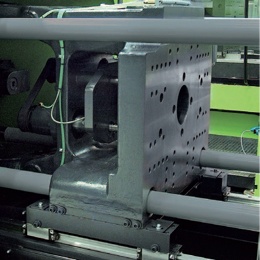
Sector description
Bio-based plastics industry uses renewable resources to produce plastic materials and products which reduce the industrial consumption of non-renewable raw materials. Currently available Product Category Rules (PCRs) for bio-based plastics will be analysed.
Details
The bio-based plastic sector represents a small contribution to the plastic sector. According to Plastic Europe, the global plastic production in 2010 was 265 million tonnes, whereas 725.000 tonnes of bio-based plastics were produced worldwide for the same year. Nevertheless, the bio-based plastics production growth rate has become of great importance since 41% of annual growth rate through 2015 is estimated.
![[product example]](grafik/sectors/bioplast1_406x251.jpg) The main benefit of bio-based plastics from an economic perspective is determined
as a decreased dependence on fossil feedstock (thus security of supply and
less price fluctuation), but they present the disadvantage of their expensive cost
in comparison with oil-based polymers.
LCAs on bio-based plastics
have been developed in the last decade as a way of showing the environmental advantages
of these materials against the conventional plastics.
At the beginning, SMEs
made the first efforts to develop bio-based plastics,
but only large companies had the resources to carry out these environmental analyses.
The main benefit of bio-based plastics from an economic perspective is determined
as a decreased dependence on fossil feedstock (thus security of supply and
less price fluctuation), but they present the disadvantage of their expensive cost
in comparison with oil-based polymers.
LCAs on bio-based plastics
have been developed in the last decade as a way of showing the environmental advantages
of these materials against the conventional plastics.
At the beginning, SMEs
made the first efforts to develop bio-based plastics,
but only large companies had the resources to carry out these environmental analyses.
![[LCA to go]](grafik/logos/our/c-fa-110s.png)






![[EU Logo]](grafik/logos/eu/eu-flag75x50m.png)
